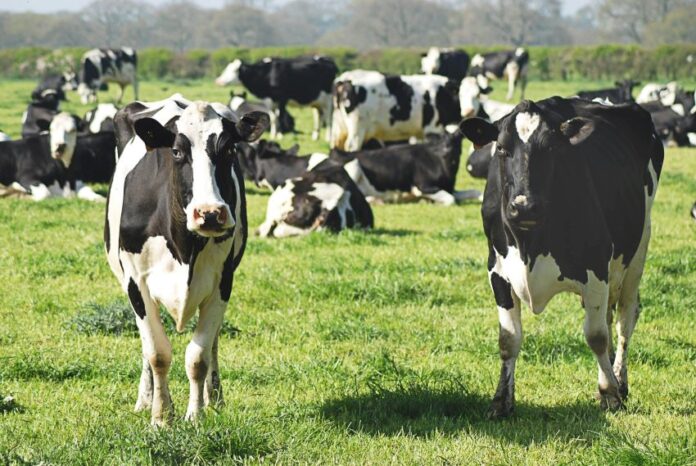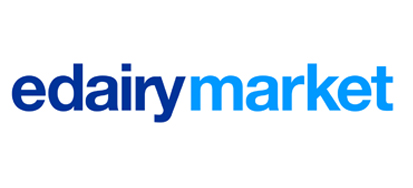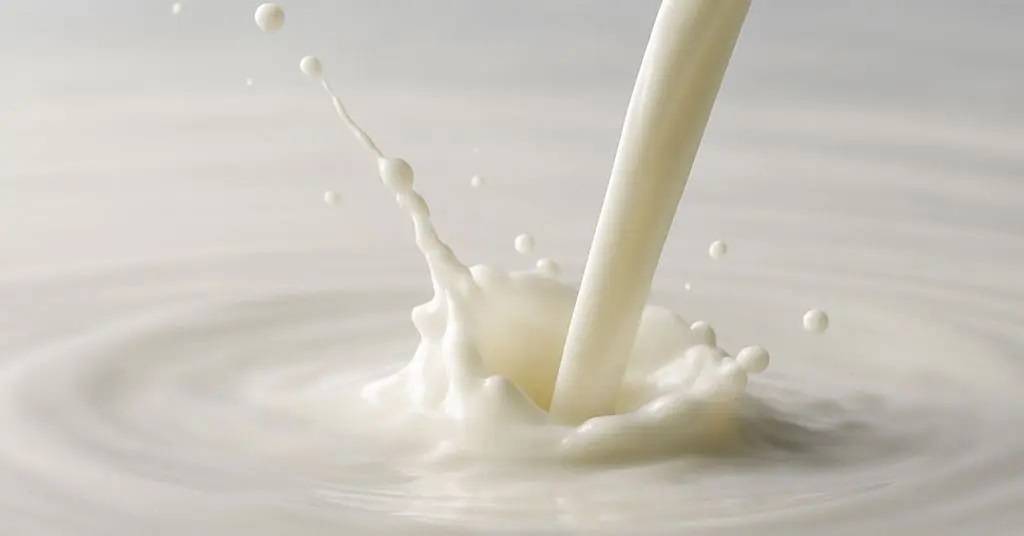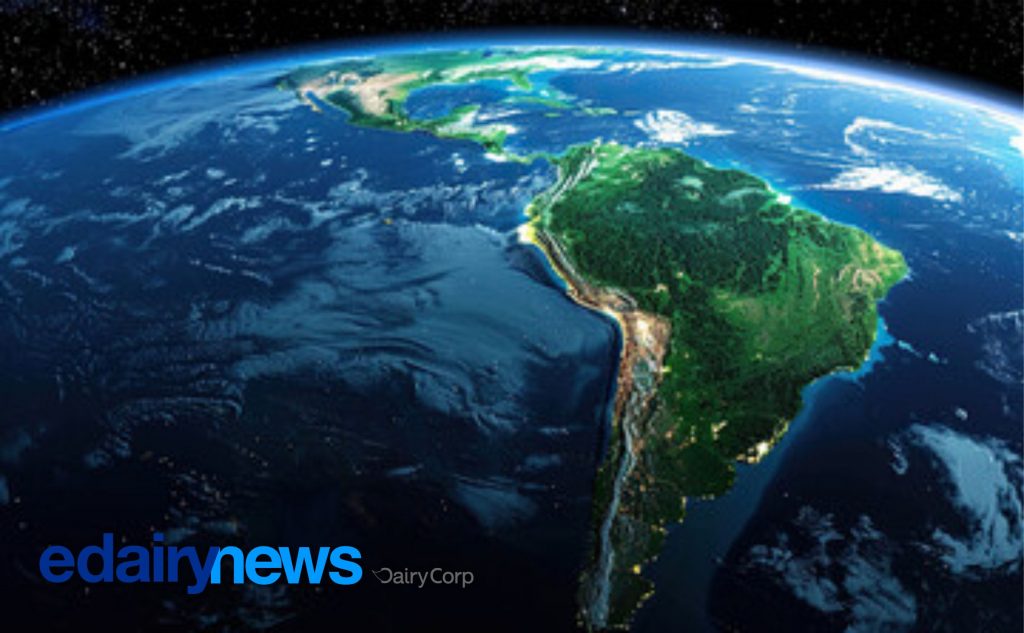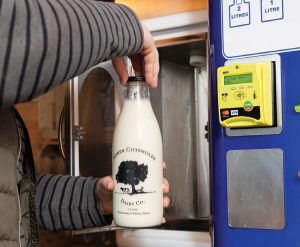
Mexico received a second shipment of cattle from Australia last month, bringing to 8,014 the number of Holstein dairy cows arriving at the northwest port of Mazatlán from the Australian port of Portland, Victoria.
The first shipment of 3,019 cattle arrived in March and the second — with 4,995 heifers — arrived on April 21.
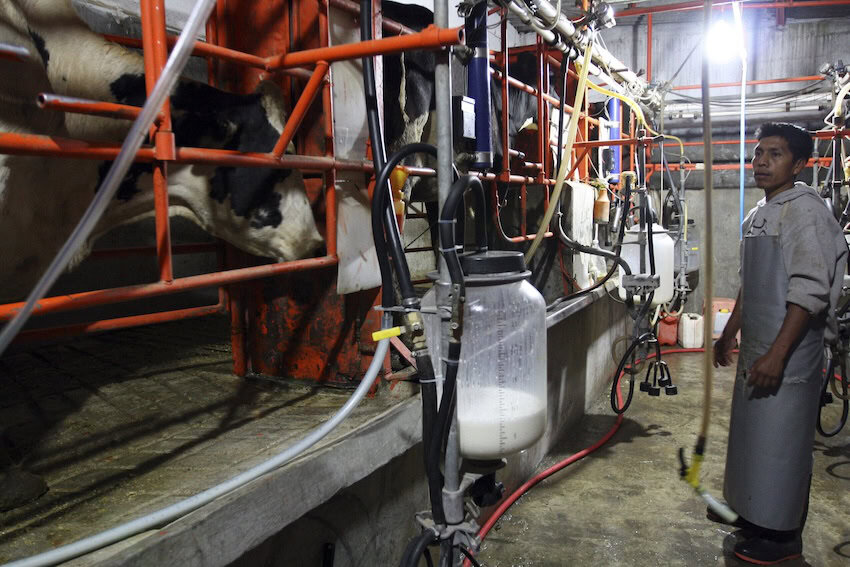
Both shipments were received without incident and the cattle were successfully transported to dairy farms in the states of Jalisco, Durango, Chihuahua, Guanajuato and Aguascalientes.
Mexico’s National Service for Agri-Food Health, Safety and Quality (Senasica) and the Agriculture Ministry announced last week that the importation of the Australian cattle is part of an initiative to repopulate the national dairy herd, giving a boost to the country’s agricultural sector.
The Australian cows will strengthen the genetic quality of Mexico’s herd, authorities said. Holsteins are famed for their high dairy production, each animal averaging 10,220 kg of milk per year.
Mexican veterinarians in Australia verified the health of the cattle before they were loaded onto ships, certifying the herd. Upon arrival, Senasica officials oversaw the offloading and reception. They reviewed the documentation and examined the animals, looking for any injuries that may have occurred during transit.
In a press release, Senasica said the verification process guarantees compliance with Mexico’s zoosanitary regulations and quarantine procedures which are required by law to protect domestic livestock from “exotic” diseases.
Rear Admiral Mariel Aquileo Ancona, director of the National Port System Administration, said the shipments were received without incident.
“We had everything ready, just like last time,” he said, adding that the offloading procedure took about 15 hours and was carried out without loss of animals.
Senasica has confirmed that a total of four shipments have been arranged for this year with Australian authorities, though the amount of cattle expected in the next two shipments was not provided.
This initiative marks the first shipment of Australian cattle to Mexico in nine years. Australian cattle had not been shipped to Mexico since a one-off delivery in 2016 and the current shipment is the first consignment of Australian dairy heifers — young females that have yet to calve — to be shipped to Mexico since 2010, according to Australia’s industry news service Beef Central.
Andy Ingle, managing director of Southern Australian International Livestock Services, told Beef Central that the high price and lack of availability of cattle in the United States had created a “small window” to backfill the requirements of some dairies in Mexico, which needed cattle now.
Mexico has long relied on trucking dairy cattle from the U.S. to supplement its herd requirements. It also has exported cattle to the U.S.
You can now read the most important #news on #eDairyNews #Whatsapp channels!!!
🇺🇸 eDairy News INGLÊS: https://whatsapp.com/channel/0029VaKsjzGDTkJyIN6hcP1K
